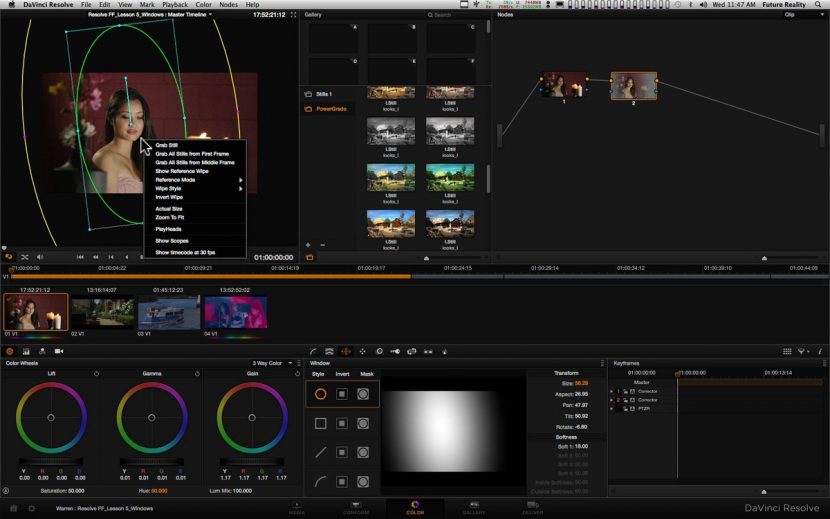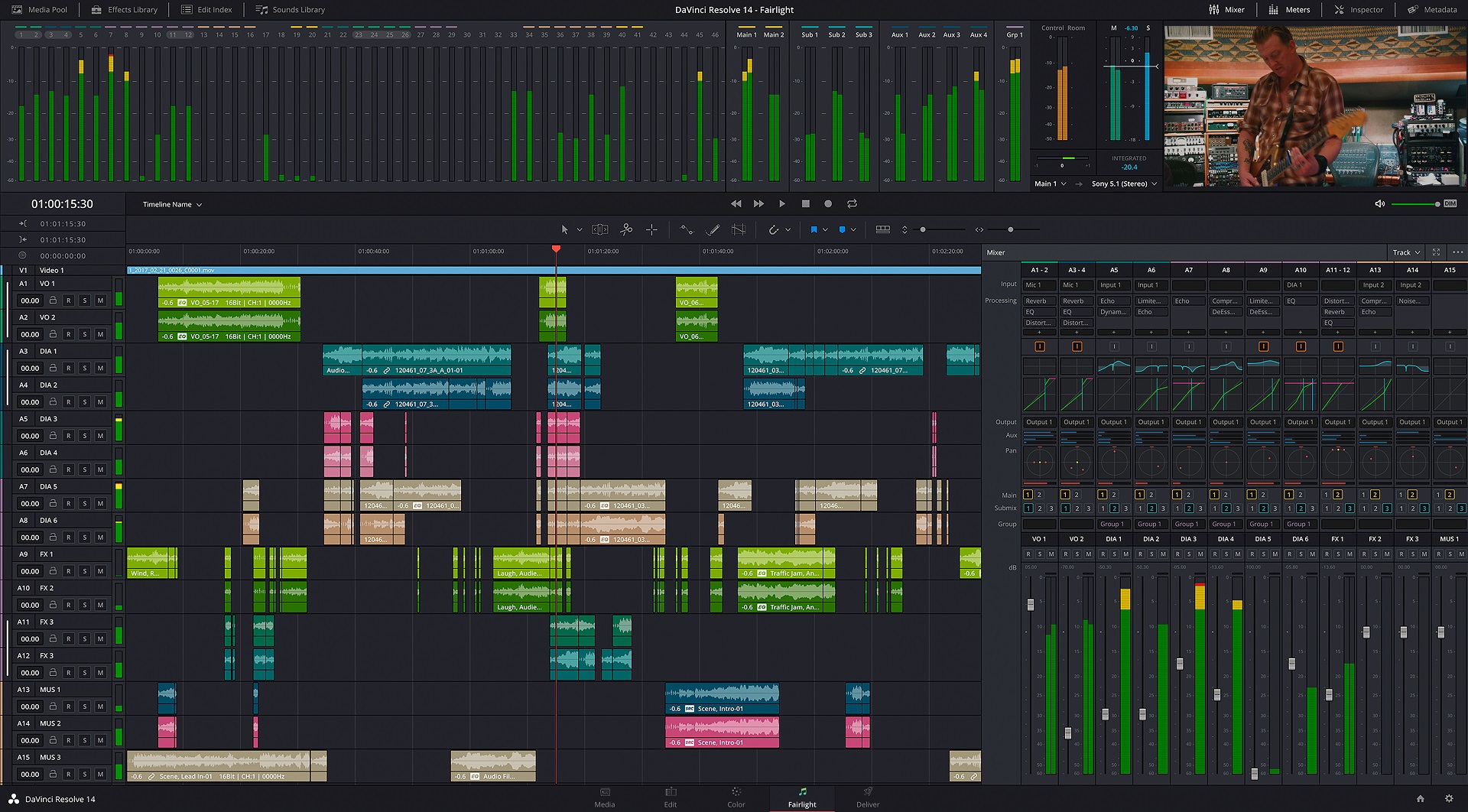

This automatically opens Camera Raw where you can color grade the footage. As a consequence, this particular shot would typically require dynamic tonal treatment rather than a simple color adjustment pasted across the sequence, but for the sake of brevity in this article we will allow a bit of flicker caused by editing. This is due to the rapidly changing light during the sunset, as well as the large perspective change created by the camera movement. This image sequence features dramatic shifts in light levels between its beginning and end, despite being shot in only five minutes.

For aiming, use focus magnifier, which is integrated in most newer camera models. Shoot in RAW image format for more flexibility when working with tone and color.įor more precise aiming, turn on the grid on your camera screen/viewfinder.
#DAVINCI RESOLVE STABILIZE SHOT MANUAL#
Also, use manual focus whenever possible to minimize the chance of out-of-focus frames. This means manually setting the exposure (M mode on a dial) and white balance (never use Auto WB!). We strongly recommend shooting in manual mode and turning off all automatic camera features, so as to minimize visual inconsistencies in the shot (most notably flicker), as well as simplify the color grading process. When shooting handheld, your interval time can be as short as 3 seconds, while shooting on a tripod can take up to 15 seconds to reposition, re-aim, and take a shot.Ĭamera Settings. Different gear setups allow for faster or slower shooting.

To showcase the linear passing of time, it is important to keep it constant. It controls the speed of movement of objects in the frame. This is the time elapsed between triggering the shutter for two adjacent photos in the sequence. Large step sizes (more than 1-2 steps) are used to create exaggerated camera movements and large perspective changes. Small step sizes (10-30 cm) are used to create slow, peaceful movement, typical for architecture shots. This is the distance between camera positions for two adjacent photos in the sequence, which controls the speed of camera movement. For example, if working at 25fps, you will need a 125-photo sequence for a 5 second hyperlapse. 12, 24, 25, 30 fps) is exactly the number of photos you will need to take for 1 second of your hyperlapse video. With complex paths, you can mark the path on the ground using chalk or tape.įrame Rate. The key here is to always maintain a smooth line to simulate a natural feeling of motion. Basic trajectories result in camera movements such as dolly push/pull, truck, and orbit, but most shooting paths are combinations of those.

This is a trajectory that the camera moves along while shooting, and together with the fixed point, it defines the composition of your hyperlapse. Try to avoid repetitive patterns such as windows, bricks, or tiles because this often leads to confusion while shooting and stabilizing. centre).Ī good fixed point must remain visible during the entire shot and must be easily distinguishable from its surroundings. The key is to select a fixed point, which is a point in the frame that you aim the camera at throughout the shooting sequence, and that always remains in the same position in the frame (e.g. When combined into a sequence, these tiny movements create a large, hyper movement. The logic behind hyperlapses is to take many photos, moving short distances between frames. To avoid crowds, shoot in early morning or at night.įixed Point. For moving objects and shots with passers-by, use longer exposure times, which means shooting at night or getting an ND filter. Instead, aim for the soft morning/evening light. If possible, avoid shooting during the midday sun, which creates dark shadows and blows out highlights, unless that’s the effect you’re going for. Also, try to avoid paths with obstacles, as well as objects entering the frame near the camera. You’ll be doing a lot of moving so ensure that there is enough space to move freely, together with your camera setup.


 0 kommentar(er)
0 kommentar(er)
